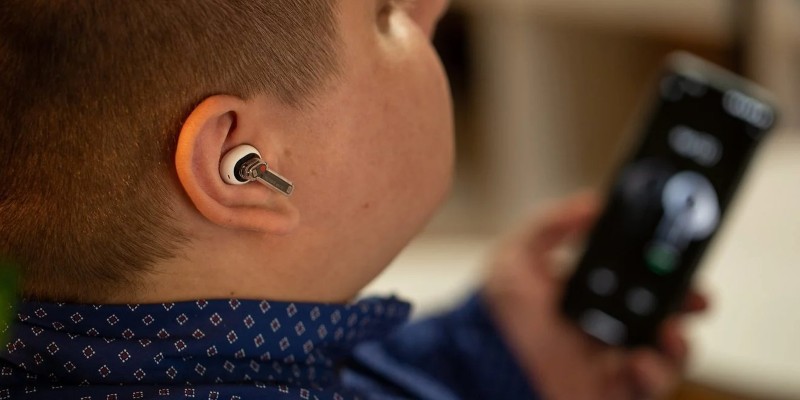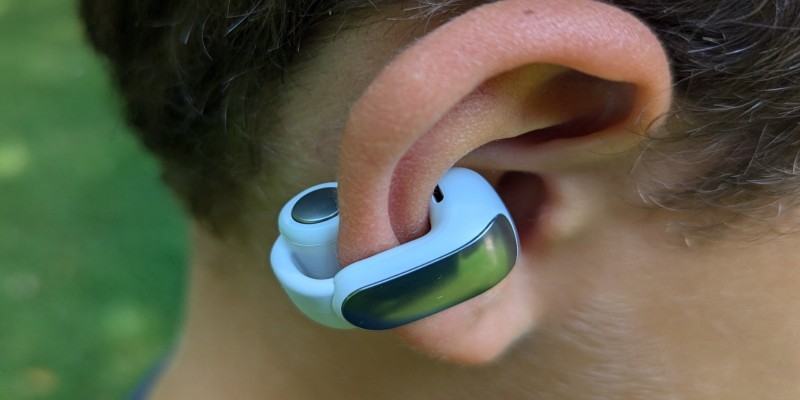Are Wireless Earbuds Worth The Price?
Wireless earbuds have become increasingly popular, offering convenience and advanced features that appeal to many users. However, their higher price tags compared to wired alternatives raise the question: Are they worth the investment? Let's explore various aspects to help you decide.
Convenience And Portability
One of the most attractive features of wireless earbuds is their convenience. Users can enjoy music, podcasts, and calls free from tangled cables without the hassle of managing wires. This convenience extends to various settings, whether commuting, exercising, or desk work. Their lightweight and compact design makes them easy to carry, fitting seamlessly into pockets or small cases.
Many models also include water and sweat resistance, ensuring durability during rigorous use. While wired headphones can still be practical, their bulkier design and cable management requirements often pale compared to the freedom wireless earbuds provide. For people who value mobility and a streamlined experience, this level of convenience can make wireless earbuds a worthy investment.
Sound Quality
Sound quality is critical in evaluating any audio device; wireless earbuds have made significant strides. Earlier models often sacrificed audio clarity for convenience, but modern iterations have closed that gap. Today, high-end wireless earbuds deliver rich, immersive audio with crisp highs, deep bass, and balanced mids. This is made possible by improved audio drivers and support for high-resolution audio codecs such as aptX, AAC, and LDAC.

However, it’s worth noting that premium sound quality often comes at a higher cost. Entry-level wireless earbuds may not match the clarity and richness of their wired counterparts, particularly for users who prioritize high-fidelity audio. Still, for most everyday scenarios, the sound quality of mid-range and premium wireless earbuds is more than sufficient, making them a versatile option for diverse listening needs.
Active Noise Cancellation (ANC) And Ambient Sound Features
One of the standout features of modern wireless earbuds is active noise cancellation (ANC). This technology utilizes built-in microphones to detect ambient noise and produce sound waves that cancel it out, resulting in a quieter listening experience. ANC is beneficial in noisy settings like aeroplanes, trains, or busy streets, allowing users to focus on their audio without distractions. High-end models feature adjustable levels of ANC, allowing users to customize the intensity according to their environment.

Complementing ANC is the ambient sound or transparency mode, which allows external sounds to pass through while you listen. This feature is invaluable for situations where situational awareness is essential, such as jogging near traffic or having a quick conversation without removing the earbuds. The ability to switch between isolation and awareness adds versatility to wireless earbuds, making them suitable for a range of environments.
Battery Life And Charging Options
Battery life is a crucial consideration when evaluating wireless earbuds. Wireless earbuds rely on built-in batteries, unlike wired headphones powered by a connected device. Nowadays, most wireless earbuds offer 5 and 10 hours of playback at a single charge, with some premium models reaching up to 12 hours. The charging case extends this significantly, often providing two to three additional full charges before needing to be plugged in.

Many models now offer quick top-ups, where just 10 to 15 minutes of charging can deliver several hours of use. Wireless charging cases are increasingly popular, enabling users to charge their earbuds on compatible charging pads for added convenience. While the current battery performance of wireless earbuds is generally reliable, users should consider this potential limitation when deciding if the investment is worthwhile.
Comfort And Fit For Long-Term Use
Comfort is critical, especially for users who wear earbuds for extended periods. Wireless earbuds come in various designs, including multiple ear tip sizes to accommodate different ear shapes. A secure fit ensures that the earbuds stay in place during movement while preventing discomfort during prolonged use.
Many brands now incorporate ergonomic designs that minimize pressure on the ear canal. Features like lightweight construction and silicone ear tips provide a comfortable listening experience.
The importance of a good fit extends beyond comfort—it also impacts audio performance. A snug fit helps create a proper seal, enhancing bass response and noise cancellation. Waterproof and sweat-resistant models for fitness enthusiasts provide additional durability, ensuring the earbuds can withstand rigorous use.
Integration With Smart Devices And Features
Modern wireless earbuds are designed to integrate seamlessly with smart devices, offering features that enhance usability. One of the most notable is quick pairing, simplifying the connection process and allowing users to switch between devices effortlessly. Some earbuds also support multipoint connectivity, enabling simultaneous pairing with two devices, such as a phone and a laptop.

Voice assistant integration is another standout feature. Popular models work with assistants like Siri, Google Assistant, or Alexa, allowing users to control playback, send messages, or check the weather using voice commands. Touch-sensitive controls on the earbuds further enhance convenience, providing quick access to essential functions without reaching for your device.
Additionally, advanced models come with features like spatial audio, which enhances the listening experience by simulating surround sound for greater immersion.
Potential Drawbacks And Considerations
While wireless earbuds offer numerous advantages, they are not without their drawbacks. One of the primary concerns is their cost, particularly for models with advanced features like ANC and high-quality audio codecs. Additionally, the small size of wireless earbuds makes them easy to misplace, and replacements can be expensive.

Although battery life is improving, it is still limited compared to wired alternatives. Frequent charging can become inconvenient, and battery degradation over time may affect long-term usability. Connectivity issues, while rare, can also disrupt the listening experience, especially in crowded areas with high levels of wireless interference.
Although convenient, touch controls may not suit everyone. Some users find them less intuitive than physical buttons, leading to accidental inputs. For those who prioritize reliability and simplicity, these drawbacks may outweigh the benefits of wireless earbuds.
Conclusion
Wireless earbuds have revolutionized how we experience audio, combining convenience, advanced features, and portability in a compact design. While they may come with a higher price tag and some limitations, their value primarily depends on individual needs and preferences.
Wireless earbuds can be a worthwhile investment for users who prioritize mobility, seamless integration with smart devices, and cutting-edge features like ANC. Understanding your priorities will help determine if these devices align with your lifestyle and justify their cost.





